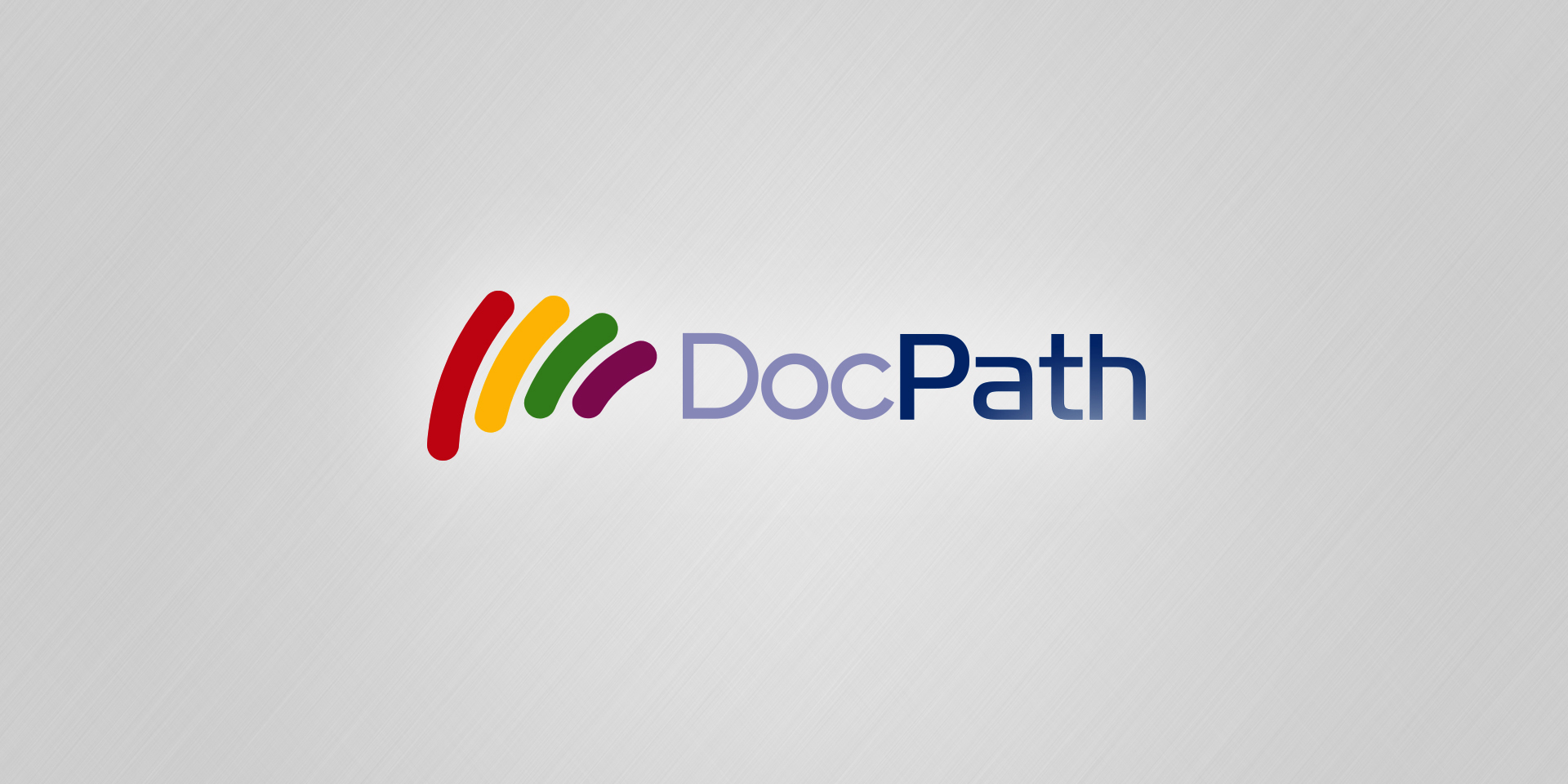
Leading IT companies – especially document management manufacturers – with fluid and frequent client communications are already aware of the fact that, over time, most organizations have to face new and specific business needs. This feedback provides valuable information that allows these companies to reinvent themselves on time and offer an easy and secure migration process from outdated technologies.
But what are the key elements involved in a successful migration project? First of all, the new software must securely replace the legacy, outdated product and ensure that all data is preserved. Secondly, the migration process must ensure scalability and functionalities that meet the new business needs and position the company within the ever-evolving technology market.
The challenges of implementing a new document management system may seem too complex, but if the data migration process is carried out correctly, most post-migration difficulties can be avoided. As such, changing technology should involve a solid approach and sufficient time and resources to guarantee that the new system will support the existing business processes.
Reinvent your system or disappear
The first step in the quest to drive business forward consists of a technical assessment performed by the selected document technology software provider. Typically, the provider, in collaboration with the members of the IT team and other company areas that may be affected by the migration process, will determine the feasibility of the process. To optimize the implementation process, a multidisciplinary team should be formed, consisting of the IT personnel and at least one representative of each functional business area. This is the perfect way to ensure that specific functionalities do not affect existing applications, and all organizational requirements are met, as each department is able to provide a list of all the functionalities used in the area to the IT team.
Likewise, it is also important to involve the Management team, as its global view of the company needs and infrastructure will help the migration team to link a general perspective of the processes involved with each of the crucial aspects of the project.
The Procedure
When extracting and importing data from the old to the new document management system, the migration team should consider the technical skills of the IT personnel involved. After all, data extraction may involve software codification or depend on other, specific tools. In this case, the company may opt for training other, internal, employees or simply outsource the entire project. Each option has its costs and benefits, as is logical.
A migration process to a new document management system is not an isolated project. In fact, one of the errors that is most commonly committed by organizations is believing that migrating means rapidly updating the software. This haste could prove to be a big mistake, as a migration project usually evolves into a more complex process in which technical procedures and details should be correctly defined.
Based on this approach, the key elements of a migration process are the following:
- Time: Determine the number of migrations that will be necessary, to be able to calculate the duration of the implementation process.
- Training and organization: Create and train the team that will be migrating, to facilitate the process of determining the source and state of the data and the tables and fields that they should be migrated to. As such, being able to correctly work with the new software is critical to understand how the applications function and make the right decisions.
- Optimization: Drastically reduce the number of variations during the migration process. Avoid modification of data and concepts while the project is ongoing, as any change may alter any of the involved areas, which in turn will negatively affect the process.
- Testing: In a final phase, the data in the new system should be subjected to rigorous testing to achieve the desired results. A schedule should be set up for performing tests in a testing environment that is an exact copy of the production environment in which the new application will be released.
There is no doubt that technology migration, understood as an adaptation to the new market needs, brings about important economic benefits that can be measured in a short to medium-term period. However, there are other, indirect benefits of migrating towards an advanced document management system – which also increase productivity levels – such as enhanced business processes and improved performance, as no more time is waisted on performing operations with an obsolete software, and more motivated employees, as they are able to optimize their tasks with a leveraged system.
Julio A. Olivares
DocPath CEO
